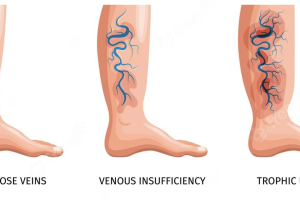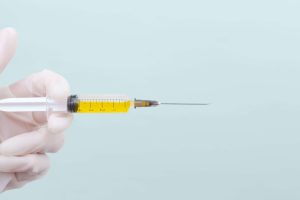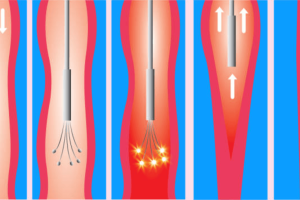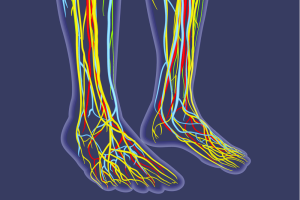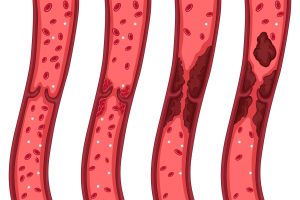The heart never takes a break. The heart is a strong muscle that never stops exercising, not for a minute. Every minute it needs blood, nourishment and oxygen. At Amarillo Heart Institute, we understand the importance of keeping your heart healthy and functioning at its best. We believe that a healthy heart is the foundation of a healthy life, and our goal is to provide you with all you need to achieve optimal heart health, a happier heart.
Phlebectomy
Phlebectomy is a medical procedure used to treat varicose veins, which are veins that have become swollen, twisted, and visible beneath the skin. The procedure involves the surgical removal of the affected vein, usually through small incisions made in the skin.
During the procedure, the patient is typically given a local anesthetic to numb the area around the vein. The surgeon then makes several small incisions in the skin, typically less than 1cm in size, over the affected vein. The vein is then carefully removed using a special tool called a phlebectomy hook, which allows the surgeon to grasp the vein and pull it out through the incision.
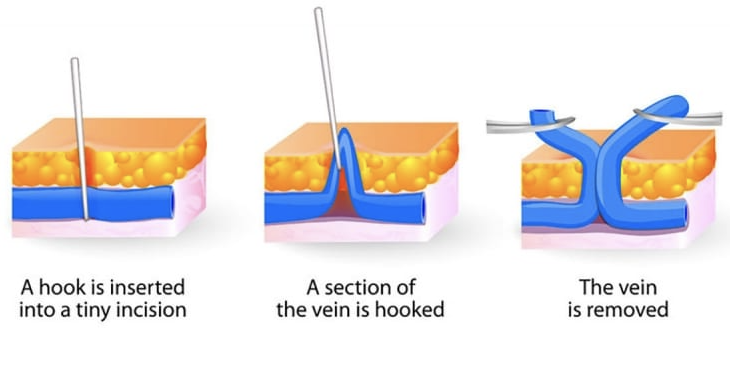
Phlebectomy is generally considered a safe and effective treatment for varicose veins, with a low risk of complications. It is often used in conjunction with other treatments, such as endovenous laser therapy or sclerotherapy, to achieve the best results.
After the procedure, patients are typically able to return home the same day, and can usually resume normal activities within a few days. They may be advised to wear compression stockings for several weeks to help reduce swelling and promote healing.
While phlebectomy is generally a safe and effective treatment for varicose veins, it is not suitable for everyone. Patients with certain medical conditions, such as a history of blood clots or poor circulation, may not be good candidates for the procedure. Additionally, there is a small risk of complications, such as bleeding, infection, or nerve damage, which should be discussed with the surgeon before undergoing the procedure.
Types of Phlebectomy
Ambulatory Phlebectomy: Ambulatory phlebectomy is a minimally invasive procedure in which the surgeon makes tiny incisions in the skin to remove varicose veins. The incisions are typically less than 2mm in size and do not require stitches. This type of phlebectomy is often performed on an outpatient basis, and patients can usually return to their normal activities the same day or the next day.
Stab Avulsion Phlebectomy: Stab avulsion phlebectomy is another minimally invasive technique that involves making small incisions in the skin to remove varicose veins. Unlike ambulatory phlebectomy, stab avulsion phlebectomy involves making a single incision at the top of the affected vein, and then using a surgical hook to remove the vein through the incision. This technique is often used for larger veins, and can be performed under local anesthesia.
Transilluminated Powered Phlebectomy (TIPP): TIPP is a newer technique that uses a special instrument to remove varicose veins. The instrument, called a powered phlebectomy device, uses ultrasonic energy to target and remove the affected vein, while leaving the surrounding tissue intact. TIPP is often used for larger veins or for veins that are located in difficult-to-reach areas, and may result in less bruising and discomfort than other types of phlebectomy.
Overall, the choice of phlebectomy technique may depend on various factors, such as the size and location of the varicose veins, the patient’s overall health, and the surgeon’s preference and experience. Patients should discuss the different options with their surgeon to determine the best course of treatment for their individual needs.
Additional information
Recovery time: While patients can usually resume normal activities within a few days after the procedure, it may take several weeks for the incision sites to fully heal. Patients may also need to avoid strenuous exercise or heavy lifting for a period of time after the procedure to avoid complications.
Risks and complications: While phlebectomy is generally safe, as with any surgical procedure, there are risks of complications such as bleeding, infection, and nerve damage. It is important for patients to discuss these risks with their surgeon before undergoing the procedure.
Success rates: Phlebectomy has been shown to be effective in treating varicose veins, with success rates ranging from 85% to 95%. However, the success of the procedure may depend on various factors, such as the size and location of the varicose veins and the patient’s overall health.
Follow-up care: After the procedure, patients will typically need to schedule follow-up appointments with their surgeon to monitor their recovery and ensure that the varicose veins have been successfully treated. The surgeon may also recommend lifestyle changes or other treatments to help prevent the recurrence of varicose veins in the future.

